Sponsored by ProtoAug 11 2020
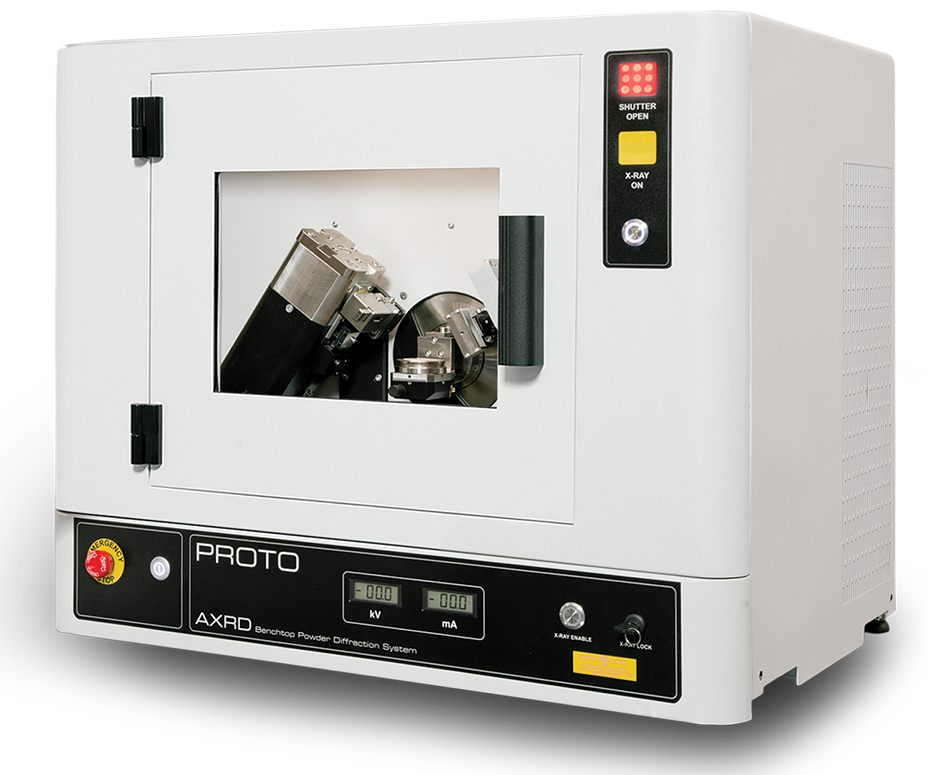
When it comes to benchtop powder x-ray diffractometers, researchers may think of systems in which functionality is sacrificed in favor of conserving space and cost. Users may be left with the perception that a benchtop x-ray diffraction (XRD) system is only effective for the most basic experiments, and in the past, that may have been true.
The ideal benchtop powder XRD system would combine a compact, affordable unit with advanced capabilities, such as the ability to perform temperature, pressure, relative humidity, and other non-ambient XRD experiments. With these considerations in mind, Proto developed the AXRD Benchtop: a multipurpose diffractometer capable of non-ambient experiments that is still compact and cost effective.
The AXRD Benchtop powder diffractometer was designed to provide the maximum experimental flexibility. Built with the robust, high-quality metal materials you would expect in Proto instruments, the AXRD Benchtop will not only last for many years, but it will provide the versatility necessary to keep up with varying experimental needs throughout its lifespan. Because of its decoupled motors, the system is not limited to a fixed theta-2theta or theta-theta geometry; instead, it can be used for a wide range of experiments, including rocking curves, glancing-incidence diffraction (GID), and theta oscillation during Bragg-Brentano scanning.
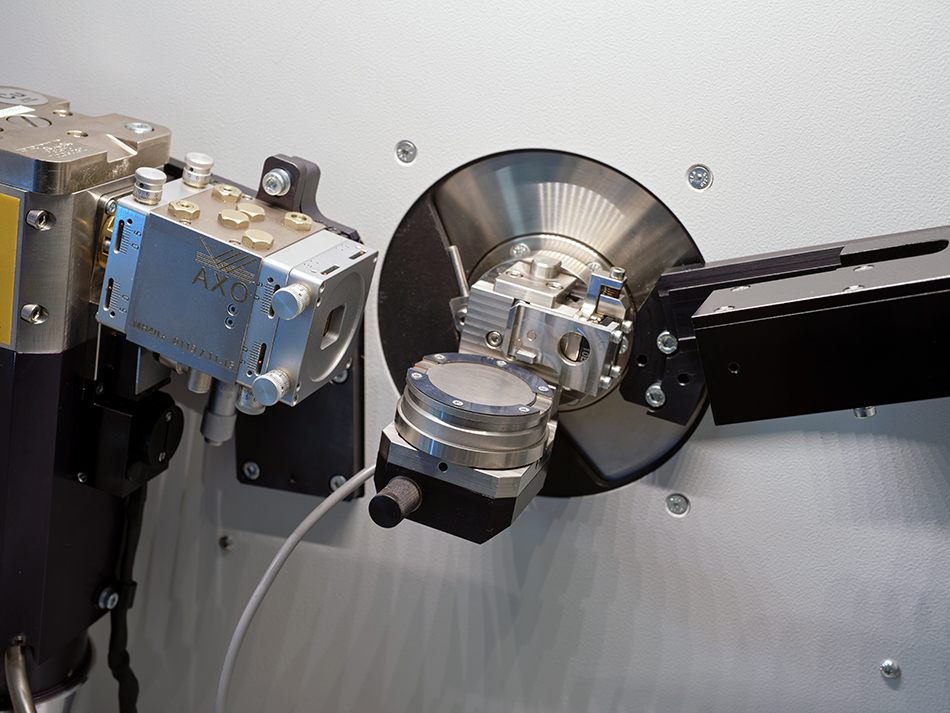
Proto’s Benchtop is the only benchtop diffractometer with an available parallel beam optic and long Soller slit for proper GID measurements. With options for standard six- or eight-sample changers, bulk sample holders, deep cups for single-sample spinners, and zero-background holders, the AXRD Benchtop can accommodate sample holders for any application. In addition, users can customize the system with their choice of detector. The SPD (silicon point detector), an energy-discriminating detector with an energy resolution of 200 eV, enables x-ray fluorescence (XRF) analysis on samples containing heavier elements (Z > 19). Proto also offers the Dectris MYTHEN2 R 1D and 1K detectors for high-speed data collection, which feature 640 and 1280 channels, respectively.
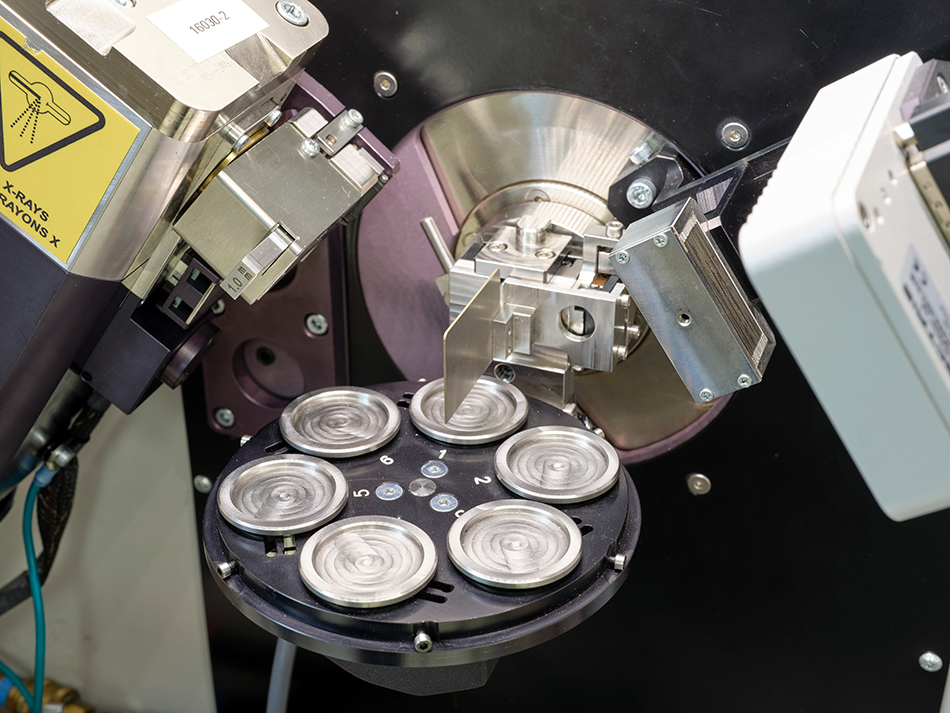
Although the AXRD Benchtop has a wide variety of orientations, sample holders, and detectors, this system is especially unique because of its ability to perform non-ambient diffraction experiments. With the Anton Paar BTS temperature stages, users can run experiments up to 150°C (BTS 150) or 500°C (BTS 500). These stages also enable gas flow via hookup to any gas cylinder (dry air, N2, etc.), as well as relative humidity experiments. Users can conduct experiments under vacuum or slight pressure (10-1 to 1 bar), allowing for greater experimental diversity.
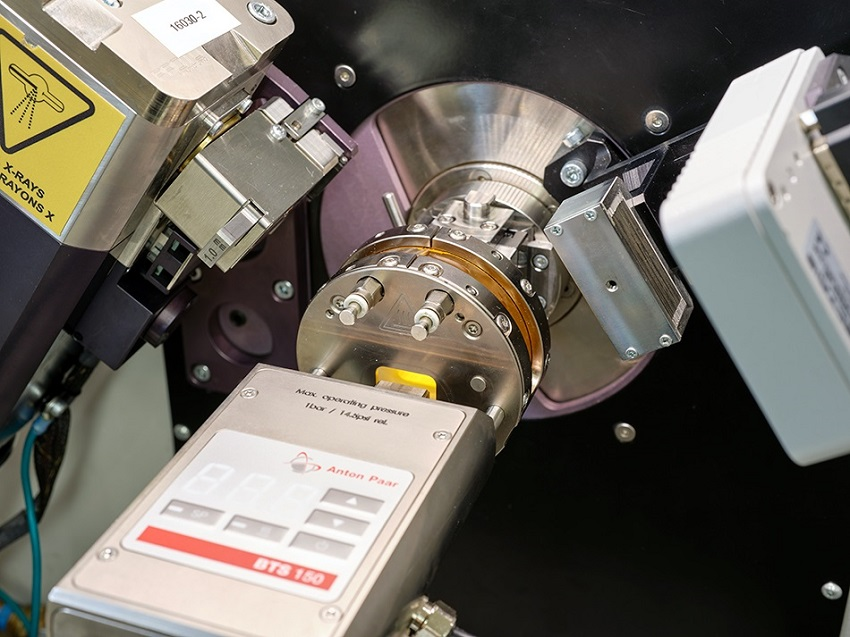
With Proto’s universal mount, it is more convenient than ever to switch between these and other stages in the AXRD Benchtop. Once set, the alignment will be maintained across stages, ensuring the instrument remains easy to use. In addition to these stages, air-tight sample holders are available for glovebox work, and environmental cells are available for ambient temperature and pressure conditions with fixed-chemistry gas flow-through. Most recently, Proto has developed a new phi stage that is indexable, allowing users to precisely orient their samples and conduct qualitative/simple texture work.
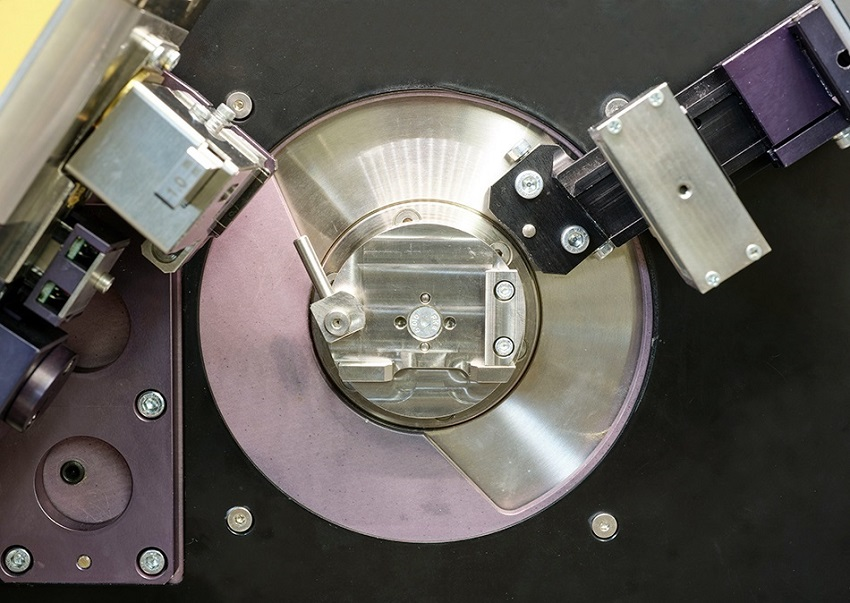
Proto’s AXRD Benchtop is customizable and can be configured to suit any application. The goniometer is unique in that its radius can be set to either 143 mm, for higher x-ray flux and therefore faster measurements, or 191 mm, for narrower diffraction peaks and thus higher resolution data. Proto offers multiple anodes to suit your sample’s crystallography and chemistry, and it is easy to swap between anodes, eliminating the need for a technician.
If you are looking for a powder benchtop system that is configurable and highly capable while remaining compact, Proto’s AXRD Benchtop will surpass your expectations. Non-ambient diffraction is easier than ever with Proto’s swappable stage options, and you can conveniently configure the instrument to match your experimental needs – even if they continue changing and evolving as your research advances.
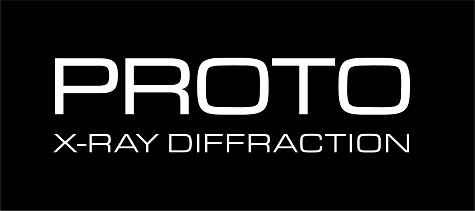
This information has been sourced, reviewed and adapted from materials provided by Proto.
For more information on this source, please visit Proto.